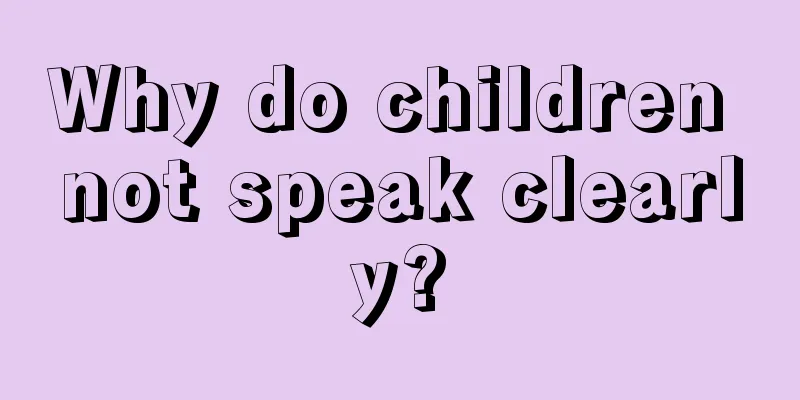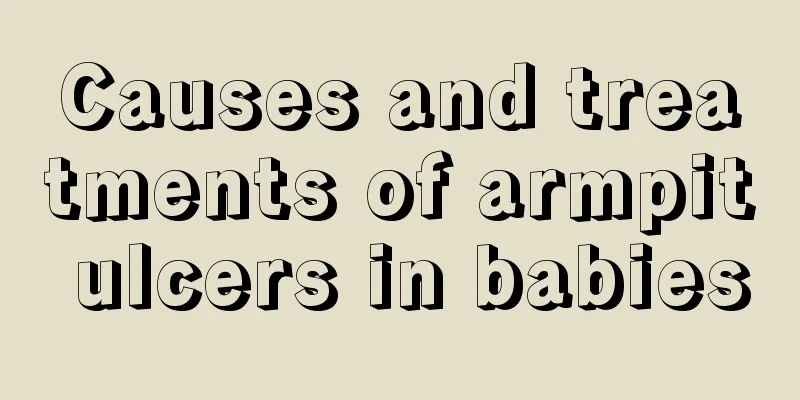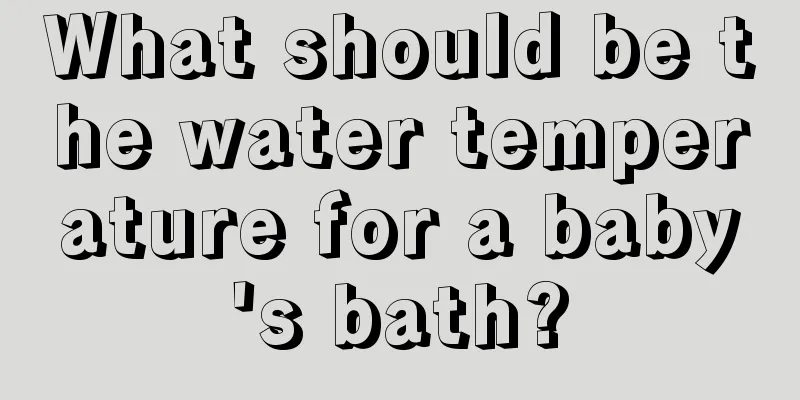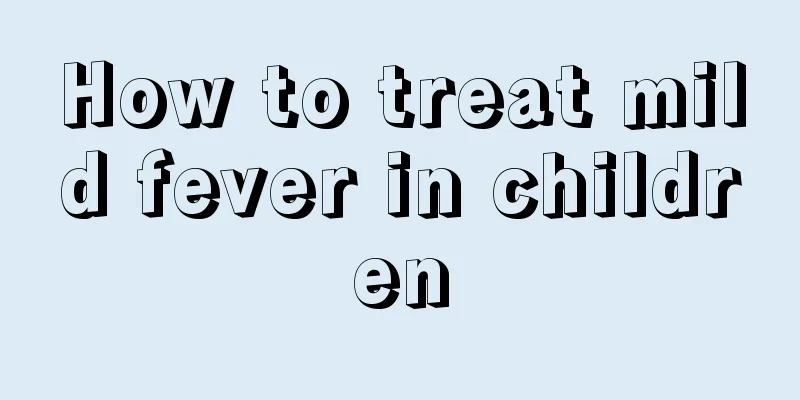Why do children not speak clearly?

|
We often encounter some children who are already grown up but still cannot speak clearly. Some parents do not take it seriously and think that their children are too young and that it will be fine when the children grow up and that they will naturally speak clearly when they grow up. In fact, this is wrong. Parents are better off taking it seriously and never take it lightly. Children who cannot speak clearly may have a language disorder. Take the children to treatment in time to prevent the condition from getting worse. The language development process is generally reflected in pronunciation as follows: Generally, the period before 6 months is the listening period, and after 6 months, the baby starts to imitate pronunciation. 1-2 years old is the baby's language enlightenment stage, from occasionally uttering a few words to gradually increasing vocabulary. Before the age of 2, the child can basically express basic needs clearly and can have simple communication. It can be said that he has learned to speak. However, many children still have problems with unclear pronunciation when they are 3 or 4 years old. There are many reasons for this, and the reasons can be analyzed based on their specific pronunciation performance. 1. Pathological reasons. For example, congenital cleft lip and palate, brain development disorders, hearing loss, autism, mental retardation, etc. 2. Functional reasons. Human language expression requires the brain to issue commands, nerves to transmit, and the respiratory system and vocal organs to produce sounds. It is a very complex process. Unclear speech that is not caused by pathology is actually the last step - a problem with the vocal organs. Unclear speech is caused by poor strength and coordination of certain muscles in the vocal organs, the tongue, palate, and lips. We call unclear pronunciation due to non-pathological reasons primary dysarthria or functional dysarthria. When parents find that their child’s pronunciation is particularly unclear or even completely incomprehensible compared to other children of the same age, they should take the child to a regular hospital or a professional speech correction agency for examination, find out the cause, and correct it as soon as possible to avoid delaying schooling. Many parents and even doctors often believe that functional dysarthria is caused by a short frenulum of the tongue, which causes many children to suffer from tongue tie. To what extent does a short tongue tie cause dysarthria? The tongue cannot reach the front of the palate in the mouth, and it cannot form an M shape when extended. Therefore, most articulation disorders are not caused by tongue tie, and a tongue that appears shorter does not necessarily cause articulation disorders. In addition, it is normal for a newborn baby's tongue tie to extend to the tip of the tongue. In a normal child, the tongue tie will gradually retract from the tip of the tongue to the root of the tongue during development. Therefore, it is important to conduct phonetic analysis on specific manifestations of inaccurate pronunciation. It can avoid many detours, unnecessary harm, and delay in speech correction, thus affecting the child's growth. |
<<: What are the reasons why children are distracted in class?
>>: Can a three-year-old baby drink honey?
Recommend
What should I do if my newborn baby has bleeding belly button?
Babies are the crystallization of their parents&#...
What are the seven-month-old baby's diet
The baby can already sit at 7 months old. This is...
Best treatment and prevention for eczema on baby's face
Many times due to weather changes, many children ...
Is it good to give your baby a bath in the morning?
Many children are born to love water. This is clo...
My baby has a brown birthmark on his face. Is it harmful?
In addition to paying attention to the baby's...
Why is the child always crying?
Many people think that coaxing a child is a commo...
What to do if a child has a burn
Burns are a common phenomenon in our lives, and m...
Baby's palms and soles are hot
Baby doctor will cause hot palms and feet, and ev...
Is Children's Throat Granule an anti-inflammatory drug?
There are many types of anti-inflammatory drugs, ...
Does the baby's hot hands mean he has a fever?
The baby's every move concerns the parents, e...
My child is always distracted in class
If children want to achieve excellent results, th...
What are the reactions to ADHD in children?
Children are always active and simply cannot stop...
The baby does not sleep at night, it may be because of these
Many parents have reported that their babies are ...
The manifestations of developmental delay in children, mothers must read
Children's development and growth rates are v...
What food is good for children with diarrhea?
When the baby has diarrhea, not only the baby fee...









